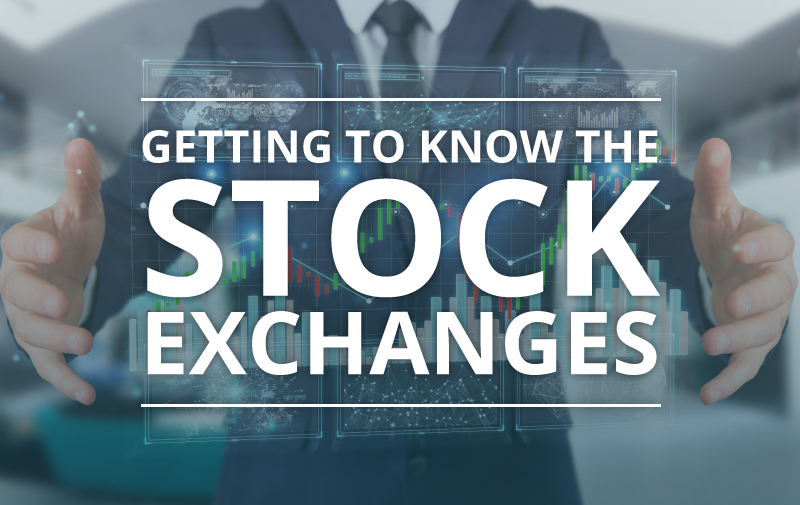A big decision companies make after deciding to go public is which exchange they use to list their stock. The exchange acts as the market where stock is bought and sold by brokers and traders, and its primary function is to provide a place to sell stock, making it a liquid asset. This is accomplished through the tracking of buy and sell orders, allowing exchanges to set prices and match the buyers and sellers. In particular, the exchange a company chooses to list with is responsible for managing the opening and closing of each day’s trading, which establishes the opening and closing pricing of stock.
In the United States there are two main legacy listing stock exchanges, the New York Stock Exchange (NYSE) and Nasdaq. With the proliferation of advanced software enabling alternative trading methods and strategies such as “high frequency” trading, these exchanges have evolved significantly in the past 20 years to support this increased trading volume. The current trading environment has opened the door for newer exchanges to support the increased trading volume. In this post, we’ll breakdown the current exchange landscape and take a closer look at the newer participants.
LEGACY
New York Stock Exchange (NYSE)
Founded over 225 years ago, the NYSE is the world’s largest stock exchange by market capitalization. As of June 30, 2018, the exchange’s total market cap was $28.5 trillion. In 2018 NYSE listed 73 IPOs which raised $30 billion in proceeds. The last 25 consecutive U.S. IPOs raising $1 billion or more listed on the NYSE.
The NYSE is an auction market where a designated market maker (DMM) is responsible for maintaining a fair and orderly market in a security. The DMM helps to oversee that the highest bidding price for a security will be matched with the lowest asking price.
The exchange is located in an iconic building at 11 Wall Street in New York City. Fittingly, the NYSE is owned by a publicly traded company, Intercontinental Exchange, which trades under the ticker ICE on the NYSE.
Nasdaq
The Nasdaq is the second largest stock exchange in the world with 4,000 total listings and a total market capitalization of approximately $15 trillion. The exchange began trading in 1971 and was the world’s first electronic market.
Unlike the NYSE, NASDAQ is a dealer’s market where participants buy and sell through a dealer/market-maker, as opposed to directly with each other. The matching of buyers and sellers happens electronically through the dealers in split seconds.
In 2018, Nasdaq listed 185 IPOs raising a total of $27.7 billion. Nasdaq claims to have won 94 percent of the new healthcare listings in 2018.
Bats
While companies don’t list on the Bats exchanges, they host a significant share of US equity trading volume. In fact, they do the most retail volume and by trading volume market share are the second largest exchange. CBOE Global Markets acquired Bats in early 2017.
NEW COMERS
IEX
Founded in 2012, the Investors Exchange, or IEX, launched as an SEC approved national securities exchange in September 2016. With the goal of building fairer markets, the main differentiator of the IEX is a speed bump feature that creates a level playing field for all buyers and sellers by eliminating any opportunity for execution speed advantages. In December 2018, IEX achieved an average daily trading volume market share of 2.462% for US equity trading.
IEX received regulatory approval to list companies in 2017. On October 5, 2018, Interactive Brokers (IBKR) began trading on IEX as the first founding issuer. With this, NYSE and Nasdaq now face listing competition for the first time since before NYSE bought the American Stock Exchange in 2008. Now that the first domino has fallen, we’ll wait and see if anyone chooses to follow.
Members Exchange (MEMX)
On January 7, 2019, plans to launch Members Exchange (MEMX) were announced. Leaders in the world’s financial markets, including Morgan Stanley, Bank of America Merrill Lynch, Citadel Securities, Virtu Financial, Fidelity Investments and Charles Schwab, plan to launch and control the exchange. The goal of MEMX is to provide increased competition, improved transparency, cost reduction and simplification of equity trading in the U.S. The regulatory process to gain SEC approval for a new exchange can take 12 months or longer, making 2020 the earliest the exchange could be operational.
Need help deciding which exchange to list your company, or do you have further questions on the pros and cons of each? We can help! Contact us today.
Philip Taylor, Associate


Leave a Reply